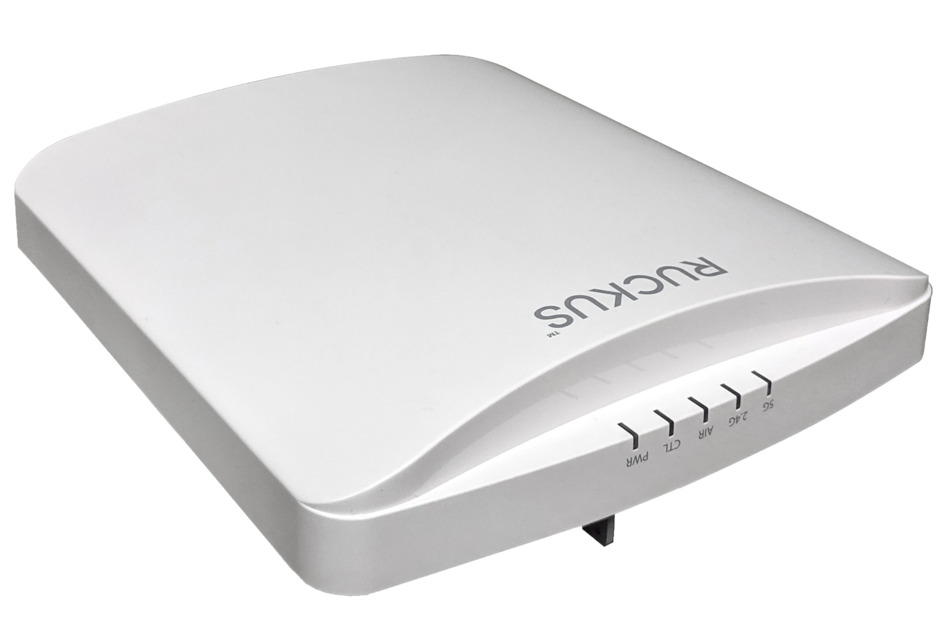Definition of High Client Density:
High client density refers to scenarios where a large number of devices simultaneously connect to a wireless network. This situation often occurs in crowded environments such as conference centers, stadiums, educational institutions, or densely populated urban areas.
Dual-Band and Tri-Band Routers:
high client density the importance of using dual-band or tri-band routers. These routers offer multiple frequency bands, enabling more devices to connect without causing congestion. Distributing devices across different bands helps optimize network performance in high-density environments.
Wi-Fi 6 (802.11ax) Adoption:
Emphasize the benefits of upgrading to Wi-Fi 6 technology. Wi-Fi 6 introduces advanced features such as Orthogonal Frequency Division Multiple Access (OFDMA) and Target Wake Time (TWT), designed to enhance efficiency and support a higher number of devices concurrently, making it ideal for high client density scenarios.
Access Point Placement and Density:
Discuss the strategic placement and density of access points. Ensure that access points are strategically positioned to provide optimal coverage while avoiding interference. Increasing the density of access points in high-traffic areas helps distribute the load and improves overall network performance.
Channel Planning and Optimization:
Highlight the importance of effective channel planning. Optimize channel allocation to minimize interference between access points, enhancing the network's ability to handle a large number of devices simultaneously. Dynamic channel optimization tools can automate this process for ongoing efficiency.
Load Balancing:
Discuss the implementation of load balancing mechanisms. Load balancing ensures even distribution of connected devices across access points, preventing congestion on specific nodes and optimizing network resources for improved performance in high-density environments.
Quality of Service (QoS) Prioritization:
Emphasize the role of Quality of Service (QoS) prioritization. Prioritize critical applications and services to ensure that essential traffic receives the necessary bandwidth, preventing degradation in performance during periods of high client density.
Band Steering:
Introduce band steering as a mechanism for steering devices to less congested frequency bands. This feature encourages devices to connect to the less crowded 5 GHz band (or 6 GHz in Wi-Fi 6E), reducing interference and improving overall network efficiency.
Advanced Antenna Technology:
Explore the use of advanced antenna technology. Multiple-input multiple-output (MIMO) and beamforming technologies enhance signal strength and focus, allowing access points to better serve a higher number of devices concurrently in high-density scenarios.
Continuous Monitoring and Analysis:
Conclude by highlighting the importance of continuous monitoring and analysis. Regularly assess network performance, analyze traffic patterns, and adjust configurations based on usage data to adapt to changing demands and maintain optimal performance in environments with high client density.
Conclusion:
Summarize the key strategies for managing high client density, including technology upgrades, strategic access point placement, load balancing, and continuous monitoring. Encourage network administrators to implement these measures to ensure a resilient and high-performing wireless network in crowded settings.
For more info. Visit us:
Smart and secure IOT Networking
Is Wi-Fi 7 faster than Wi-Fi 6





Comments